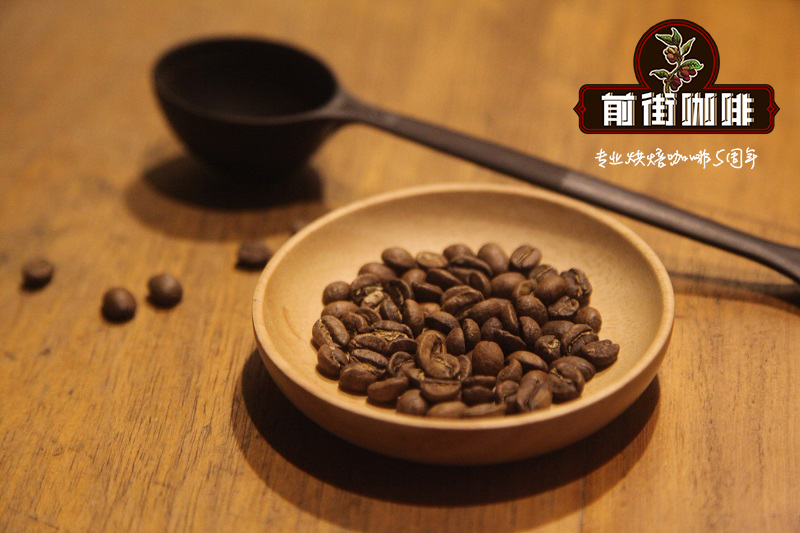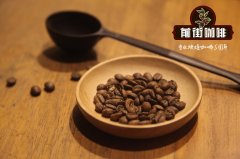Fine bean Brazilian coffee treatment Brazilian bean treatment is regarded as the ancestor of honey treatment

Professional coffee knowledge exchange more coffee bean information please follow the coffee workshop (Wechat official account cafe_style)
Front Street-Brazilian Coffee treatment
Central and South America is the largest coffee producing area in the world, and the amount of output here obviously affects the price of raw coffee in the world. Among them, Brazilian coffee is the country with the largest output in Central and South America, and it is also the largest country in global coffee production. Brazilian coffee can account for more than 30% of the global output. As long as the production of Brazilian coffee increases, global coffee prices may fall sharply, which should not be underestimated!
Brazilian coffee treatment
Brazilian coffee has sun, half-sun and water washing methods at the same time, and the judgment method is mainly based on the dry and humidity conditions of the farms of each producing area, thus showing the best flavor of each producing area, which is very diverse!
In order to give up the rotten sunny coffee, which has been criticized for a long time, and unable to solve the problem of using water in coffee washing, Brazilians finally found another way, combining washing with sunlight, and created the first half-sun treatment, also known as pulp solarization / peel solarization (Pulped Natural).
Half-sun treatment reduces water consumption and reduces the effect of exocarp on coffee beans. It is a cost-effective coffee treatment. The coffee produced by this half-sun treatment contains the characteristics of both water washing and sun treatment. The acidity, sweetness, seasoning, and flavor of such coffee are quite good; the only drawback is that half-sun-treated coffee is not as strong as coffee produced by pure tanning or water washing.
The process of half-sun treatment is as follows: the coffee fruit is first removed by the sink to remove the defective floating fruit, then the peel, pulp and part of the colloid layer are removed, and then washed for an hour, because the immersion fermentation time is very short, the pectin is not easy to be washed away, and there is still pectin left on the bean shell. At this time, the sticky answer with shell beans are spread in the exposure field to dry, and it is best to use an African viaduct with good permeability.
Although Brazilian coffee feels monotonous, there are also many fine beans in Brazil recently, among which South Minas, Hirado, Mojiana and Bashiya Diamond Plateau have the most potential!
In short: Qianjie is a coffee research hall, happy to share the knowledge about coffee with you, we share unreservedly just to make more friends fall in love with coffee, and there will be three low-discount coffee activities every month. The reason is that Qianjie wants to make more friends drink the best coffee at the lowest price, which has been Qianjie's tenet for 6 years!
END
Important Notice :
前街咖啡 FrontStreet Coffee has moved to new addredd:
FrontStreet Coffee Address: 315,Donghua East Road,GuangZhou
Tel:020 38364473
- Prev

"Coffee Kingdom" Brazilian coffee beans taste the exquisite cleanliness of Brazilian Silado semi-washed
Professional coffee knowledge exchange more coffee bean information Please follow the front street of coffee workshop (Wechat official account cafe_style)-Brazilian Coffee, as the world's largest coffee producer and second largest coffee consumer, Brazilian coffee carries a lot of weight in the world. Brazil provides nearly 45% of the world's raw coffee beans, and the length of the country's dry season may even affect
- Next

Yega Xuefei brand world is famous for the indescribable beauty of Yega Xuefei Fruit Ding Coffee
Professional coffee knowledge exchange more coffee bean information Please follow the front street of the coffee workshop (Wechat official account cafe_style)-Yega Xuefei Guoding in the coffee world, Ethiopia is not only the birthplace of coffee, but also famous for its high quality coffee. For example, many high-quality coffees are produced in Yegashifi, Sidamo and Guqiu areas. Tan
Related
- Beginners will see the "Coffee pull flower" guide!
- What is the difference between ice blog purified milk and ordinary milk coffee?
- Why is the Philippines the largest producer of crops in Liberia?
- For coffee extraction, should the fine powder be retained?
- How does extracted espresso fill pressed powder? How much strength does it take to press the powder?
- How to make jasmine cold extract coffee? Is the jasmine + latte good?
- Will this little toy really make the coffee taste better? How does Lily Drip affect coffee extraction?
- Will the action of slapping the filter cup also affect coffee extraction?
- What's the difference between powder-to-water ratio and powder-to-liquid ratio?
- What is the Ethiopian local species? What does it have to do with Heirloom native species?

